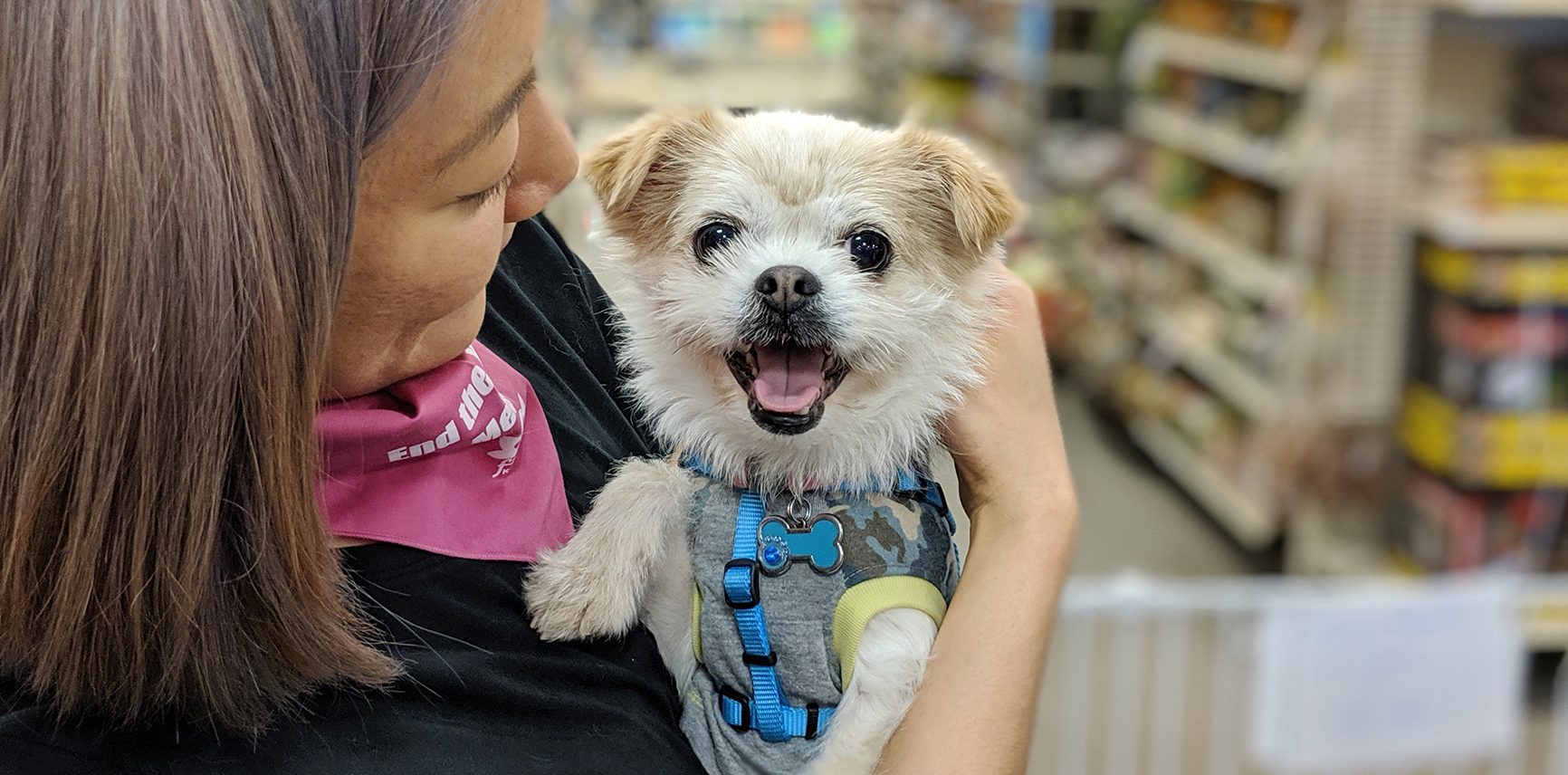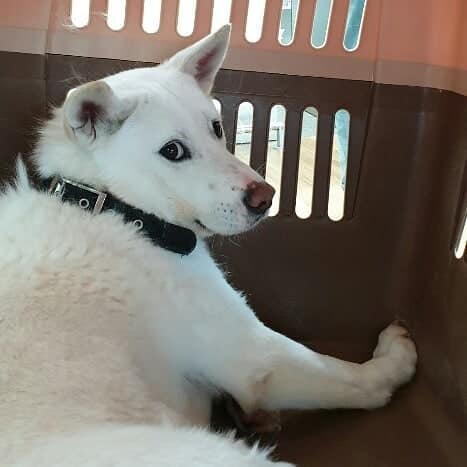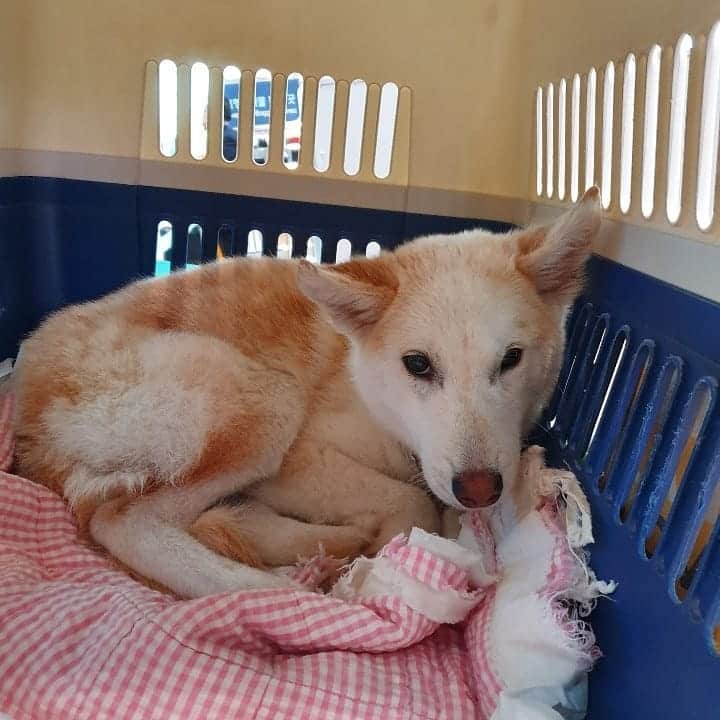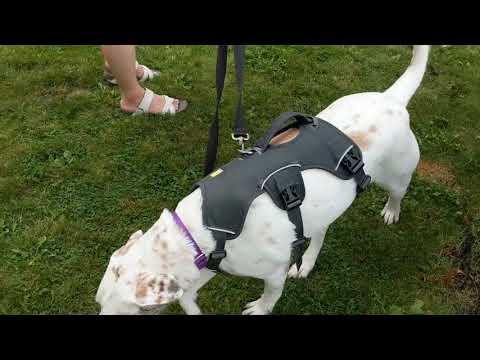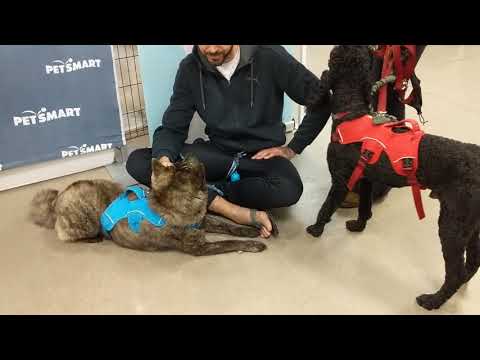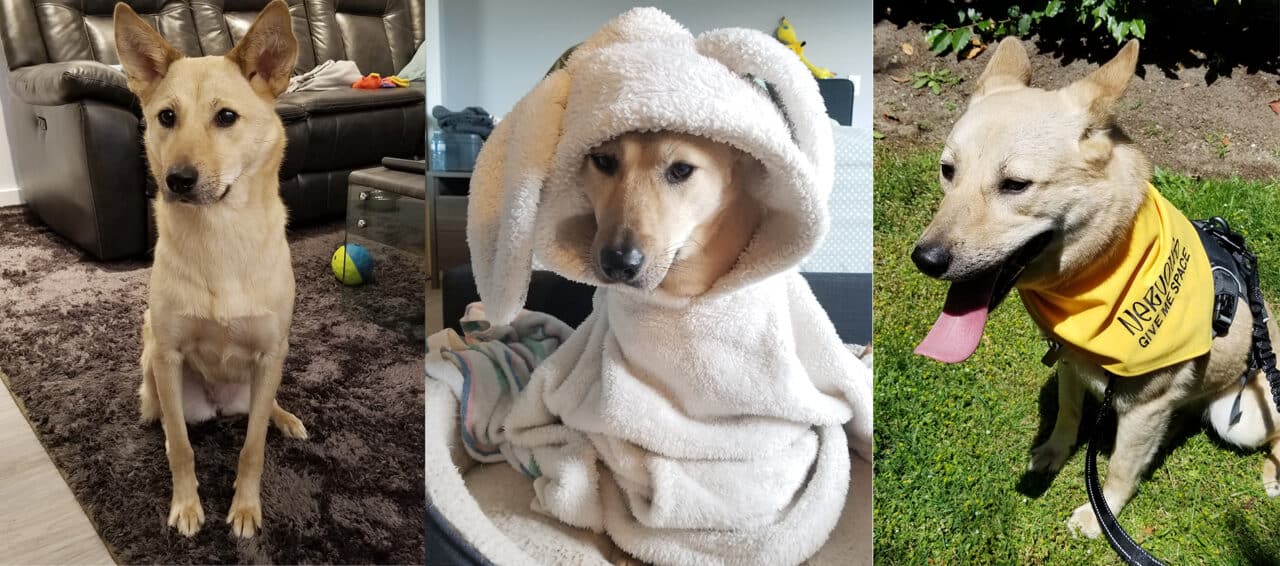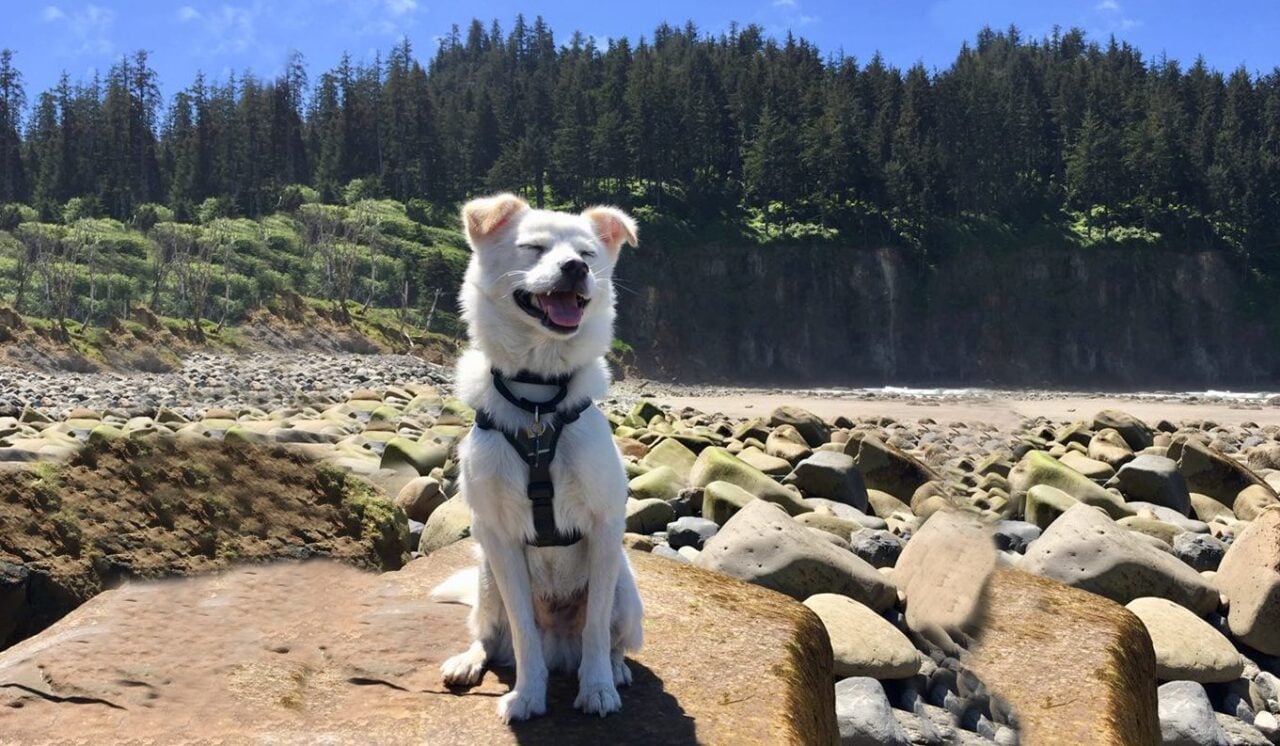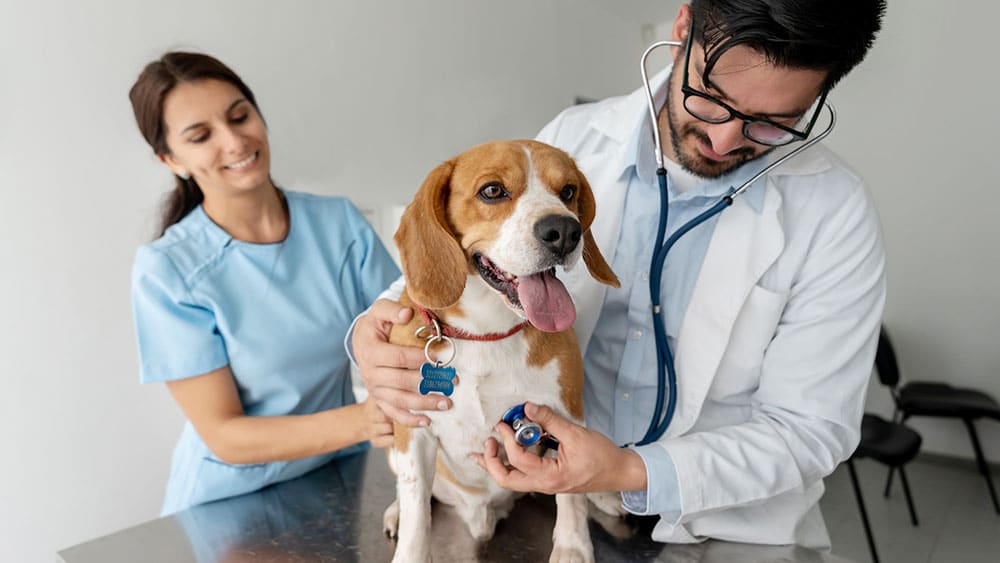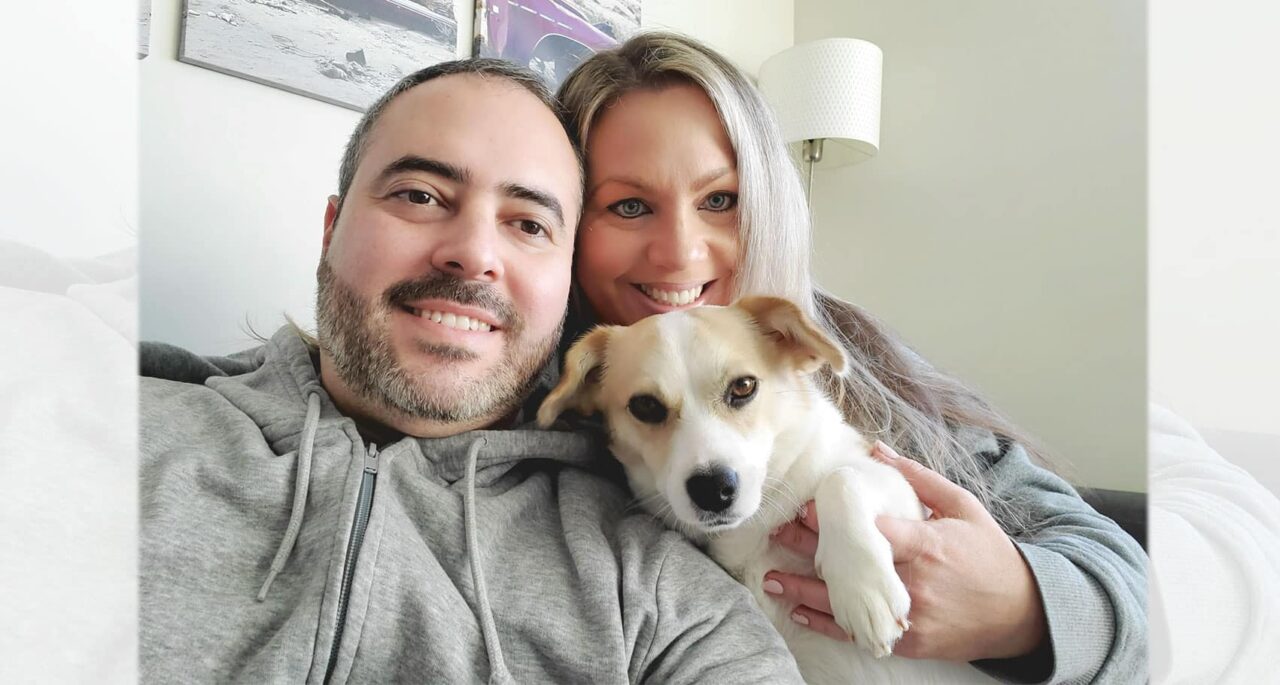Fostering Tips and Guidelines
Guest Article by Tatiana Thompson
Thank you for fostering and helping a dog in need. We compiled some best practices, tips, and guidelines to help you and the pup in your care to enjoy a great fostering experience.
Prepare Yourself
The first four to five days after bringing a foster dog into your home is the most critical period to set your new dog up for success and ensure a peaceful integration into your home. Every dog is an individual with its own needs and it may have its own past/history to overcome under your guidance.
Best Environment
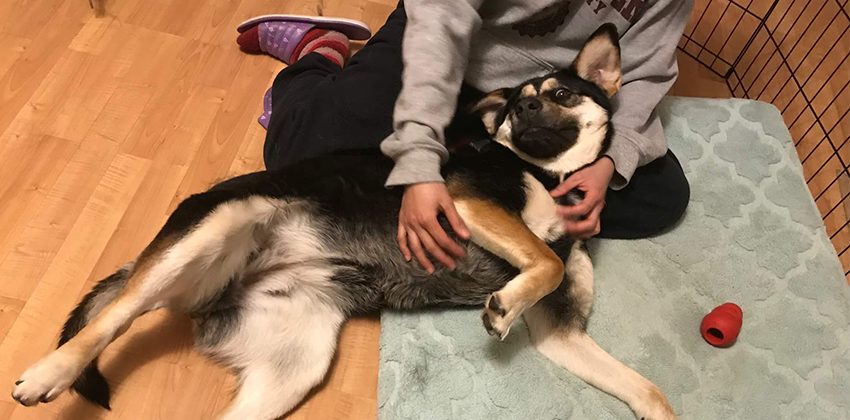
Shelters, flights, and transportation are stressful environments full of strange noises and smells. All of that can be overstimulating for a dog, causing it to act out in ways that it might not normally do. A peaceful space in your home is essential. You should have a quiet, gated, or closed-off area for your new foster to decompress in. Place the dog bed, water, and food bowls nearby in one section, with pee-pads, newspaper, or a cardboard box (to give the dog some privacy, if possible), placed on the opposite side. Prepare Kongs with frozen peanut butter, interactive toy games, etc. You may also consider soft music playing 24/7 in the room. Specifically, classical music, since the piano tempos slow down the racing heartbeat of a stressed dog.
New Arrival
You may have been thinking about how cheerful it is going to be when you meet your new dog for the first time. However, a tranquil environment is of the utmost importance. The dog can be effusively engaging, or they may be very shy. For the shy one, instead of being in the room and paying the dog constant attention, doing nothing is actually the best solution. Avoid putting your hands on or looking inside the crate. The dog may need its own private space and time to decompress alone.
The foster dog is coming into your home already overstimulated from too many people, airport sounds, new country, and new language, and we need to help the dog adjust. Some alone time in a controlled environment (i.e. gated/fenced section of your home by play-pen) will let the dog relax. It also allows the dog to explore your home section by section with its nose and provides a chance to learn about the scent of your other pets, children, etc. without the stress of a face-to-face meeting where body language might be misunderstood. This will probably be one of the most time-consuming but crucial parts of the fostering process. But if you do this step properly, life will resume to a certain degree of normalcy soon.
As the dog becomes familiar with your home; do not rush to walk your dog and force it to put a harness on unless your dog is comfortable with you. In addition, keep their diet as simple as possible. Your dog will have a sensitive stomach if too many treats are given. Time is needed to adjust their dietary habit. Some dogs may be reluctant to pee indoors or too scared to do anything. Please contact us if your encounter such cases.
Potty Training
Even if the dog is an adult and lived in a home before, start with the assumption that the dog is not house-trained. Again, moving into a new place is stressful, so even dogs who were formerly house-trained may have forgotten what that means in a new environment. During potty training, it is best to take the dog out more often; praise it verbally, and provide treats when the dog does relieve itself outside. Depending on the size of the dog, that usually means every 3-4 hours. If the dog relieves itself inside, do not punish the dog; immediately clean the area with enzyme-based cleaner and continue taking the dog outdoors often to encourage the desired outcome. Soon, the dog will associate positive and happy experiences when relieving outdoors, while there is no reward when peeing/pooing indoors.
Socializing the Pup
Once your foster is comfortable in your home and sufficiently house trained, start exposing them to the wider world: take the dog on walks to the nearby park, and the neighborhood streets. Consider doing these walks 3 times a day and observe how they react during the morning, mid-day, and evening walks. Take note of how the dog performs on car trips, and the behaviour at the vet – is the dog anxious or leash-reactive to people or other dogs during the walks?
If possible, slowly introduce the dog to new humans, dogs, and/or cats. (Separately and individually if possible. E.g. avoid throwing a welcome party for the dog with a crowd of your friends) When introducing another dog or cat, ensure both you and the other pet owner are supervising. This will help us develop a more complete adoption profile for your foster.
Teach the Dog Basic Commands
Use positive reinforcement and plenty of praise. Start teaching your dog some basic life behaviors that humans appreciate in dogs, such as waiting politely to be fed, not pulling on the leash, sitting, and staying. This is a great way to bond and communicate with the dog; and of course, to make your life easier!
Safety First
Even if the dog is mature, it may be scared of the new environment. Sights and sounds you are familiar with can be scary for your new foster dog. Housework, i.e. laundry and vacuuming, should be avoided. Be cognizant of the environment and surroundings to make sure the dog is getting comfortable with not only your home but also everywhere, including the outdoors. When you are planning to walk your dog, try out some quiet areas during a quiet time of the day. Use the same path each time to help the dog in building confidence, predictability, and familiarity with the environment. Always remember, safety first! Please read, follow, and familiarize yourself with the safety protocol prior to the dog’s arrival.
Keep Notes and be Transparent about Potential Issues
It is a disservice to your foster dog and to their potential family to gloss over possible issues. We all have issues, and the more open you can be about your foster dog, the better off it will be in the long run. When writing about your foster dog, start with all of its great qualities! Lead with the positive. But definitely do not leave out the things they will need extra help with.
Take Tons of Photos and Videos
High-quality photos and videos are one of the best ways to attract potential adopters. Smartphones obviously make this very easy; so take photos and short videos of your foster all the time! Really, this is one instance in which more is merrier. There is no such thing as too many photos of your foster dog!
Envision and Describe the Perfect Family for Your Foster
As you live with your foster dog, start envisioning the perfect home for your foster. Where would the dog be most likely to thrive? What makes the dog happiest? Would the dog love a family with children? Or will a single female adopter be a better fit? How about a family with other pets? What are the exercise requirements? Write down your thoughts as you get to know the dog better.
Subscribe for Updates
Get our dogs in your inbox once a month, along with our latest news and events. We never send spam, and you can opt out at any time.
